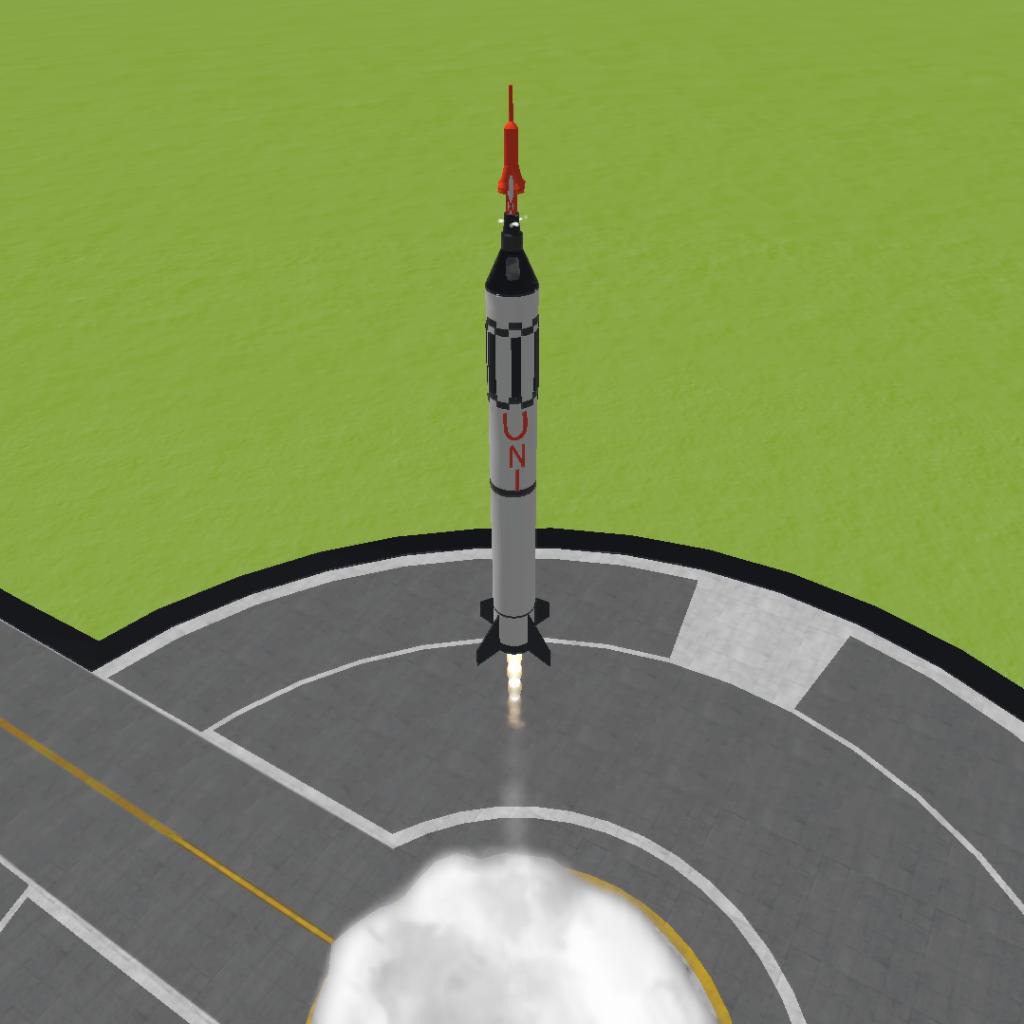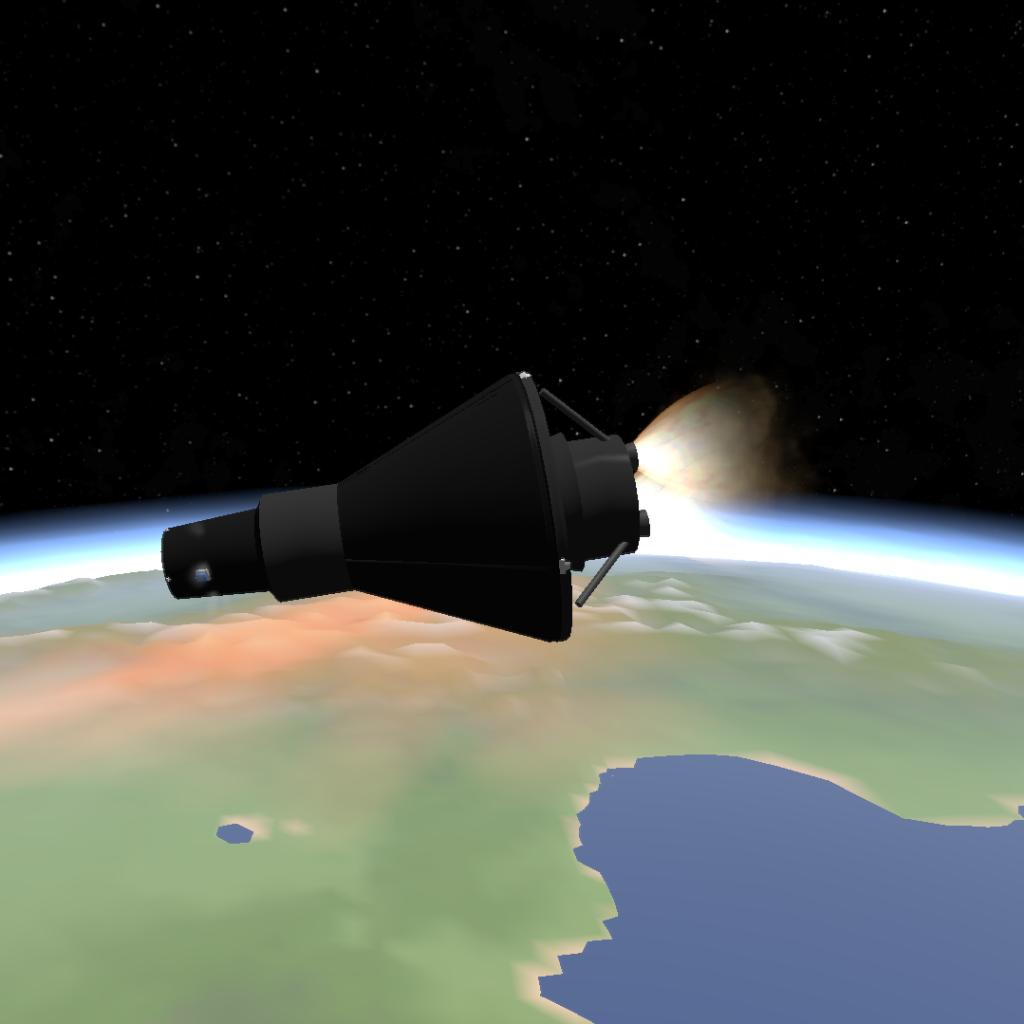Mercury spacecraft is used to carry a single person into space and send it back safely.
Introduction to mercury spacecraft
Mercury spacecraft: exterior view
Mercury spacecraft: exterior view
Its shape is conical, with a length of 2 meters, a diameter of 1.9 meters at the bottom and a small cylinder at the top. Depending on the mission, the weight of the spacecraft mounted on the top of the booster rocket can be between 1043 kg and 1360 kg. The upper part of the spacecraft has an emergency escape tower, which can separate the capsule from the booster rocket and push it to a certain height. At this altitude, the parachute can open and safely return the capsule and astronauts to the ground not far from the launch pad. There is a heat shield and a deceleration engine at the bottom of the spacecraft. The heat shield can protect the capsule from burning when it is re entering the atmosphere. The deceleration engine is a small rocket booster, which is used to slow down the spacecraft when it is re entering the atmosphere.
Mercury spacecraft
Mercury spacecraft
Like any spacecraft, a mercury spacecraft must have the following systems:
Life support
Mercury spacecraft: sectional view
Mercury spacecraft: sectional view
Three spherical oxygen cylinders provide pure oxygen for tanks. The lithium hydroxide air filter removes the exhaled carbon dioxide. The blowers are used to circulate the cabin air and cool the astronauts. Thermal insulation and double hull help to keep the temperature in the cabin within an acceptable range. Drinking water is provided by the cabin. The urine collection system is integrated into the capsule. Astronauts wear pressurized suits and helmets to insulate them from heat and low pressure inside.
energy
The power supply is provided by different combinations of 1500 Watt and 3000 Watt batteries. Water is used to cool these different power systems.
Tracking communication
High frequency (HF) and ultra-high frequency (UHF) transmitters and receivers are used to transmit sound, remote control data and navigation data in two directions with the ground. The antenna and recovery beacon are located on the top of the spacecraft. A television camera was placed inside the capsule to monitor the astronauts.
control
Pitch, roll, and yaw operations in all directions (x, y, and Z axes) are accomplished by reaction control thrusters, which use high-pressure hydrogen peroxide as fuel. Reaction control thruster can be controlled automatically or manually. Three solid rocket motors (accelerometers) are used to separate the spacecraft from the booster, and the other three are used to decelerate the spacecraft as it returns to the earth's atmosphere
Return to the atmosphere
The spacecraft is equipped with ablative heat shields to prevent it from being burned out at a high temperature of about 1093 ? when it re enters the atmosphere. The heat shield is aluminum honeycomb structure, and the middle part contains multi-layer glass fiber material. As the spacecraft descends, the heat shield material vaporizes and takes away heat. The double hull and insulation keep the cabin temperature within acceptable range (but still very hot).
Mercury thruster: Atlas
Mercury thruster: Atlas
landing
Inside the mercury spacecraft (from the top of the cone)
Inside the mercury spacecraft (from the top of the cone)
After re-entry, a small funnel-shaped parachute was opened at a height of 6405 meters to slow down the spacecraft for landing. The main parachute was opened at a height of 3050 meters, continuing to slow down the spacecraft in preparation for the landing. Just before hitting the water, the airbag inflates rapidly from behind the heat shield to reduce the impact force. Immediately after landing, other airbags inflated around the top of the spacecraft, keeping the capsule upright in the water and releasing the parachute. Once the rescue helicopter catches the spacecraft, the astronauts open the safety hatch to leave the capsule, or they can crawl behind the instrument panel and leave the capsule through the cone top. The mercury spacecraft has two thrusters, the Redstone and Atlas rockets. Both rockets are refitted from ballistic missiles, which carry the payload of the spacecraft rather than the warhead.
In the early launch of the Redstone and Atlas rockets, NASA suffered several failures, and the rockets exploded at different stages of the launch. After the problem is solved, the launch test is carried out under the conditions of unmanned and carrying animals. Redstone was used in the first two suborbital manned flights, but its power is not as good as that of the Atlas rocket. Therefore, in the subsequent flights of mercury plan, the Atlas rocket is used to put astronauts into orbit.
GENERAL INFO
- Created On: Android
- Game Version: 0.9.307.0
- Price: $17,697k
- Number of Parts: 141
- Dimensions: 45 m x 8 m x 8 m
PERFORMANCE
- Total Delta V: 2.9km/s
- Total Thrust: 8.9MN
- Engines: 9
- Wet Mass: 56,978kg
- Dry Mass: 3,297kg
STAGES
| Stage | Engines | Delta V | Thrust | Burn | Mass |
|---|---|---|---|---|---|
| 1 | 1 | 2.8km/s | 1.0MN | 1.6m | 56,978kg |
| 2 | 0 | 0m/s | 0N | 0s | 54,921kg |
| 4 | 3 | 94m/s | 317kN | 1s | 4,589kg |








aww it so cute BUT GOD DANG IT COOL